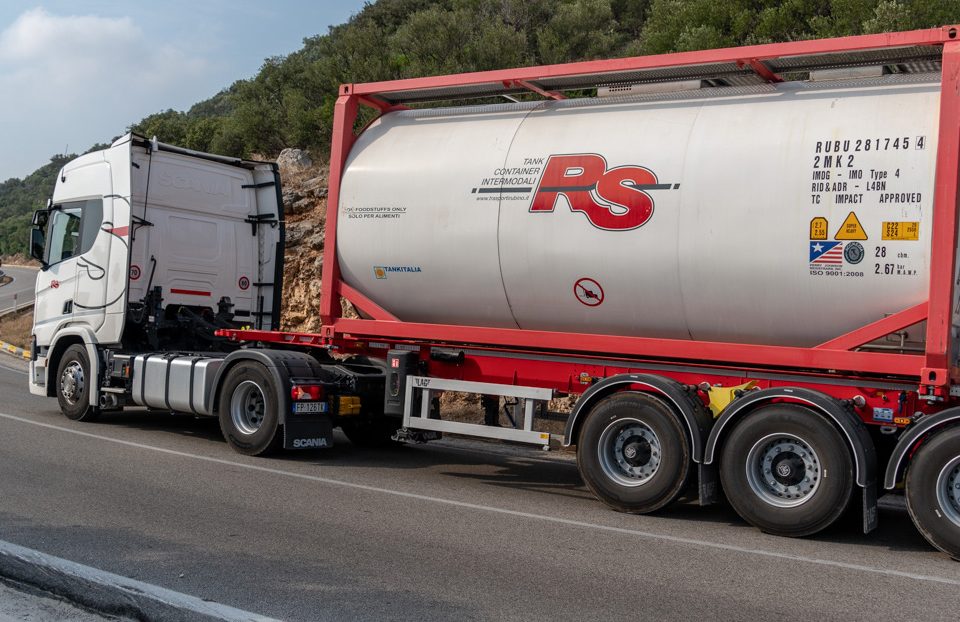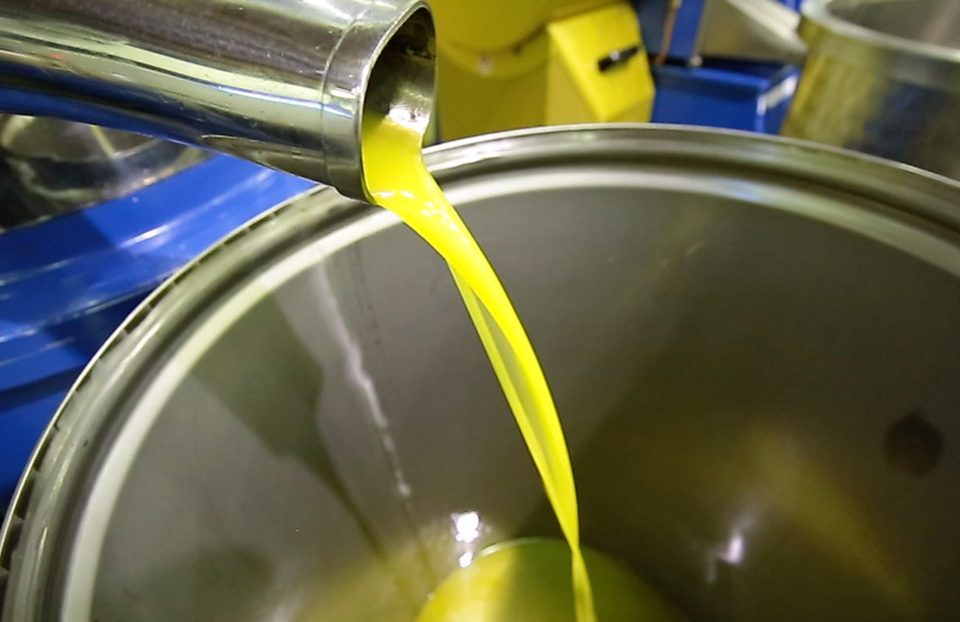Having certainty in food transport throughout Europe is of paramount importance for Italian companies today. The data presented by Coldiretti in October 2021 (at Tuttofood in Milan on the basis of Istat data) regarding Italian agri-food exports best represents this trend, as the sector is moving towards a historical record in exports reaching 52 billion, never recorded in the history of Italy.
The health emergency linked to the pandemic also had the indirect effect of causing consumers worldwide to be more “health conscious”: more and more people are choosing products in their shopping carts that go hand in hand with well-being, such as those of the Mediterranean diet. The United States (main customer of Made in Italy) is followed by Germany, France and Great Britain.
Food liquids: Italy is a global export leader
In this context of leadership for our country, of course food liquids such as oil and wine are particularly important. Coldiretti also reports that exports of Made in Italy olive oil in the world have doubled (+100%) in value in the last twenty years, with the transformation of the first olives into extra virgin oil, which also in 2021 will be confirmed as the symbolic product of the Mediterranean diet throughout the world. With 315 million kilograms, Italy ranks as the world’s second largest producer behind Spain, whose harvest will be stable or slightly down on last year’s 1.25 to 1.35 billion kilograms (a figure that confirms the absolute need to safely explore European markets in terms of exports).
As far as wine is concerned, the numbers do not differ much: in mid-2021, according to Istat data, shipments are up by +15.8% on the first half of 2020, to 3.33 billion euros. In this case Asia stands alongside the United States, but the trends of Germany and Austria are also sustained which, like Norway and Sweden, are among the few countries that have never interrupted trade flows with Italy, not even in the months of the lockdown.
A reliable partner for food exports to Europe
Italian products are therefore in demand. All that remains is to find a reliable partner for your food transport. In this context, choosing the best conditions for transporting food products is crucial. The connection ensured by a company specialising in transporting food liquids with road tankers and bi-modal tank containers is essential between buyer and seller. Our lengthy experience and the close attention we have always focused on the customer and the finer details have enabled us to work on this type of transport – more environmentally friendly and economical – for some time. Modern combined transport guarantees the optimum association of different transport systems – heavy goods vehicles, rail and sea – while maintaining the high quality of food liquids.
The challenge of safeguarding the quality of Made in Italy is in fact not only played out in the farms, but also in the logistics plan and in terms of the conditions in which our products are transported. Conditions which, inevitably, can alter the properties of the product. For this reason we guarantee a service that first of all safeguards quality, a service which aims to shorten distances and ensure that the quality of the products doesn’t diminish during transit, a service that in the meantime reduces cargo breakage risks.
The food transport service for Rubino Rs
Intermodal transport (with 200 tank containers 28,000, 32,000, 34,500, 35,000 litre single compartment tanks that can transport all liquid foodstuffs also in ATP regime, can be heated and pressurised, ground control) or road transport (20 tanks with 35,500 litre capacity in four compartments, equipped with auxiliary heating, can be pressurised, fixed washing system): we have the right vehicles, with real-time tracking, to guarantee safety, reliability, competitiveness, punctuality, hygiene and maintenance of product quality standards in the food transport sector.
International wine shipping times, from southern Italy to the rest of Europe, vary from 72 to 96 hours between collection and delivery (net of the issues created by the pandemic). Timeframes made possible by our investments in intermodal transport to connect southern Italy with other destinations in northern Italy and Europe more efficiently than traditional road transport.
Follow us on LINKEDIN






